
- Home
- Stud Dogs
Some of our most popular Stud Dog Breeds:
- Puppy Litters
- Dog Services
- Dog Breed Profiles
- Blog
- Contact Us
Shar Pei Breed Profile
- Breed Profiles
- Shar Pei
- Aug 03
- Share post
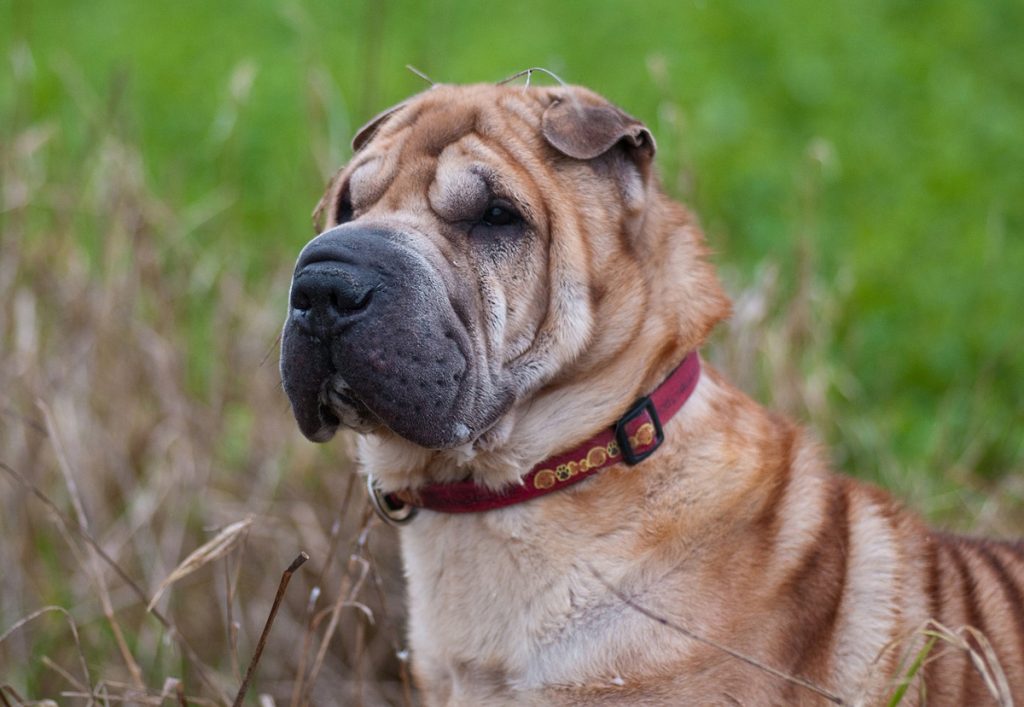
The Chinese Shar Pei is a medium-large dog known for its distinctive wrinkles. Although the original form of the breed was a less wrinkled type known as the bone-mouth, the more common variety today is the heavily wrinkled meat-mouth Shar Pei. With its hippo-like head shape, small flat triangular ears and unusual tongue colour, the meat-mouth Shar Pei is a unique-looking dog that many breeders and pet owners find charming. This breed makes for an excellent guard dog owing to its mistrust of strangers and its protective streak. These intelligent, regal dogs make great pets for patient adults looking for a quiet, clean breed.
Typical Shar Pei Facts
Height:
Dog: 18 to 20 inches (45 to 51 cm)
Bitch: 17 to 19 inches (43 to 49 cm)
Weight:
Dog: 50 to 65 lbs (22 to 30 kg)
Bitch: 40 to 55 lbs (18 to 25 kg)
Average Litter Size: 4 to 6
Life Expectancy: 9 to 11 years
Good with Children: No
Kennel Club Classification: Utility

Colour of a Shar Pei
There are 17 solid colours that are accepted by the UK Kennel Club for a Shar Pei: blue, black, brown, apricot, apricot dilute, fawn, fawn dilute, cream, cream dilute, chocolate, chocolate dilute, isabella, lilac, red fawn, red, red dilute, and sable. These colours may vary in shade, from lighter to darker. Some Shar Pei dogs may be a non-standard colour or uncommon pattern, such as masked, flowered, pointed, or saddle-patterned. The Shar Pei is one of only two dog breeds to have a blue-black tongue, although dilute coloured dogs may have lavender tongues instead.
Grooming a Shar Pei
Shar Pei coats are low-maintenance owing to their short hair, and even the longer coat type is less than an inch in length, so there are few tangles. Give the fur a weekly rub to remove any dead hair, and bathe your Shar Pei approximately once every three months to remove dirt and to keep the Shar Pei’s skin and fur in healthy condition. Attention must be paid to carefully drying in between the Shar Pei’s wrinkle folds using a towel or a cool hair dryer. It’s also important to keep the eyes, ears and teeth clean, the anal glands checked regularly, and the nails clipped neatly.
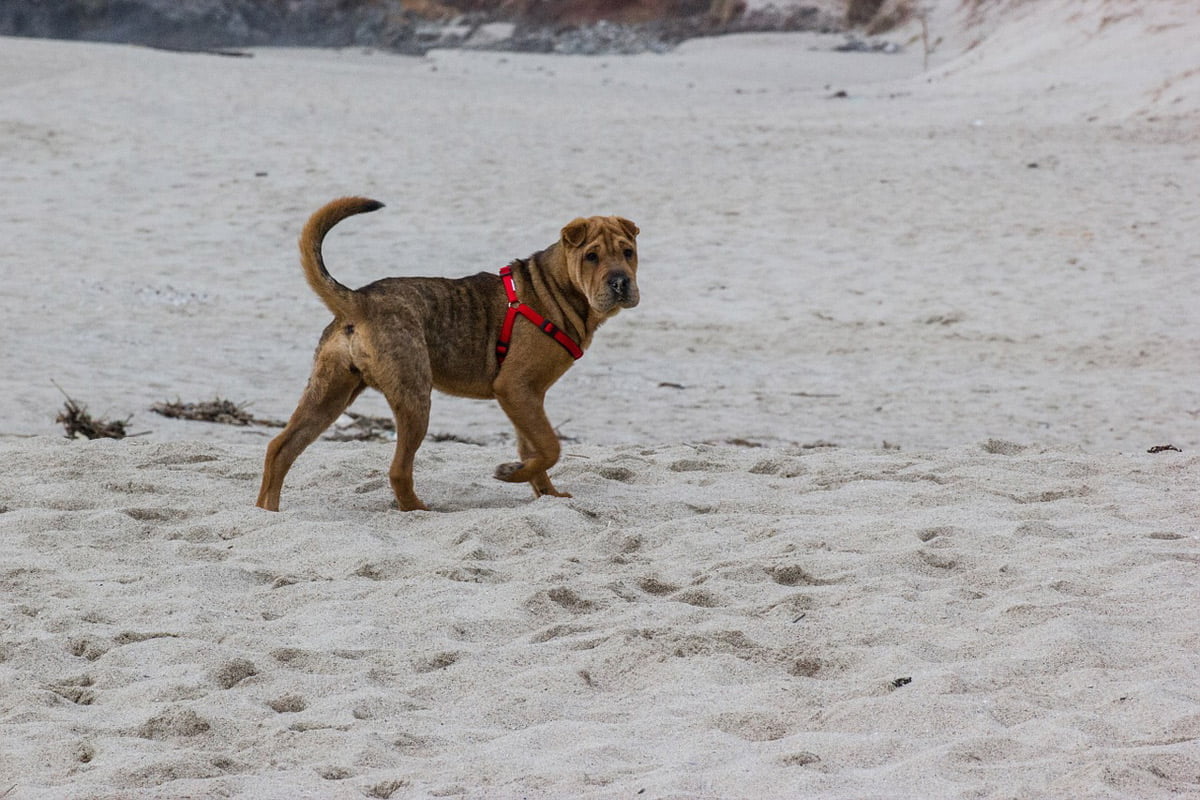
Shar Pei Common Ailments/Health Issues
Shar Peis are prone to a few health conditions, including skin problems, eye and eyelid conditions, ear and toe infections, atopy, brachycephalic obstructive airway syndrome, familial Shar Pei fever, hip and elbow dysplasia, hyperthyroidism, and allergies. Shar Peis with less wrinkles are less likely to contract eyelid and skin conditions, but good grooming is vital. Some genetic disorders can be determined by early screening and blood tests.
Temperament of the Shar Pei
The Shar Pei is a quiet and dignified breed with a calm and independent nature. Their laidback demeanour will suit a peaceful household and the Shar Pei is extremely loyal to its owners, enjoying the company of its family members and guarding them fiercely. Shar Peis are suspicious of strangers, and are not suited to being paired with other animals or small children.
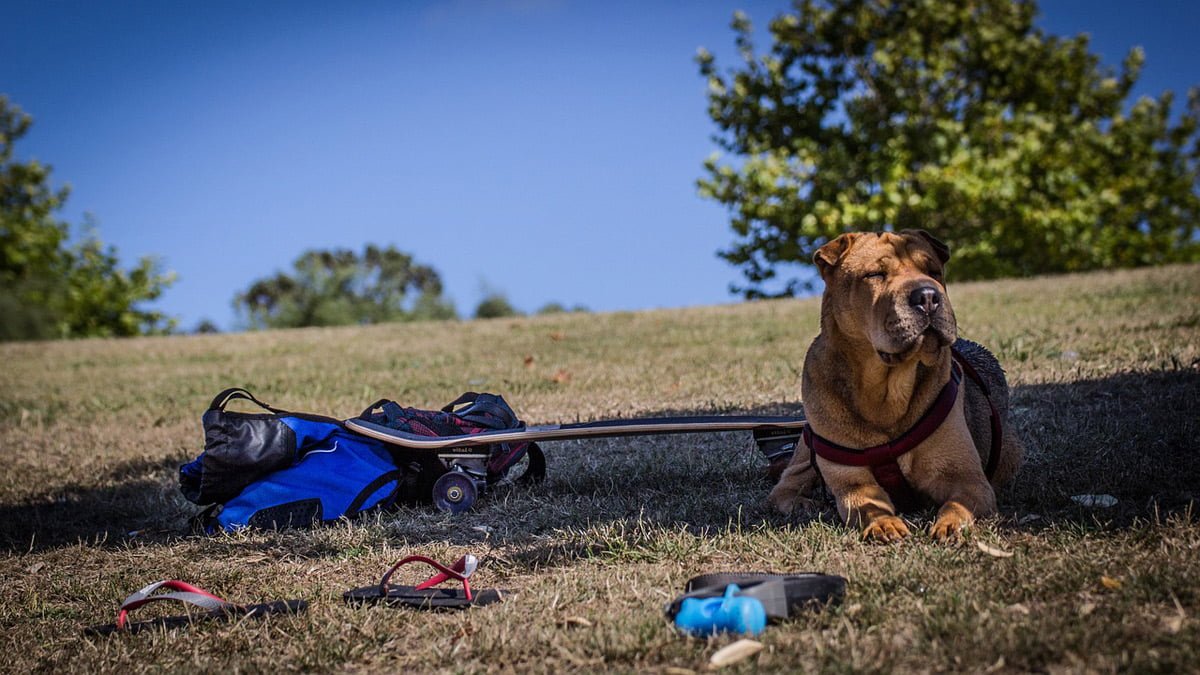
Training for a Shar Pei
Shar Peis are highly intelligent, meaning that house training is relatively straightforward for this breed, especially as they are naturally clean. They are, however, undeniably stubborn and have a tendency towards dominant behaviour, so it’s important to begin training as early as possible to ensure you are viewed with respect, rather than resistance. Shar Peis generally will not bark or show aggression unless provoked, but they are defensive of their family so will need to be socialised from a young age during walks and when welcoming visitors to the home. Positive reinforcement and patience during training sessions will provide optimal results, and a Shar Pei may benefit from participation in puppy classes.
Exercise for a Shar Pei
Shar Peis are not particularly energetic, but they still require a daily walk and playtime. An hour’s brisk trot every day will keep your Shar Pei stimulated. Older Shar Pei dogs will be content with slightly shorter walks.
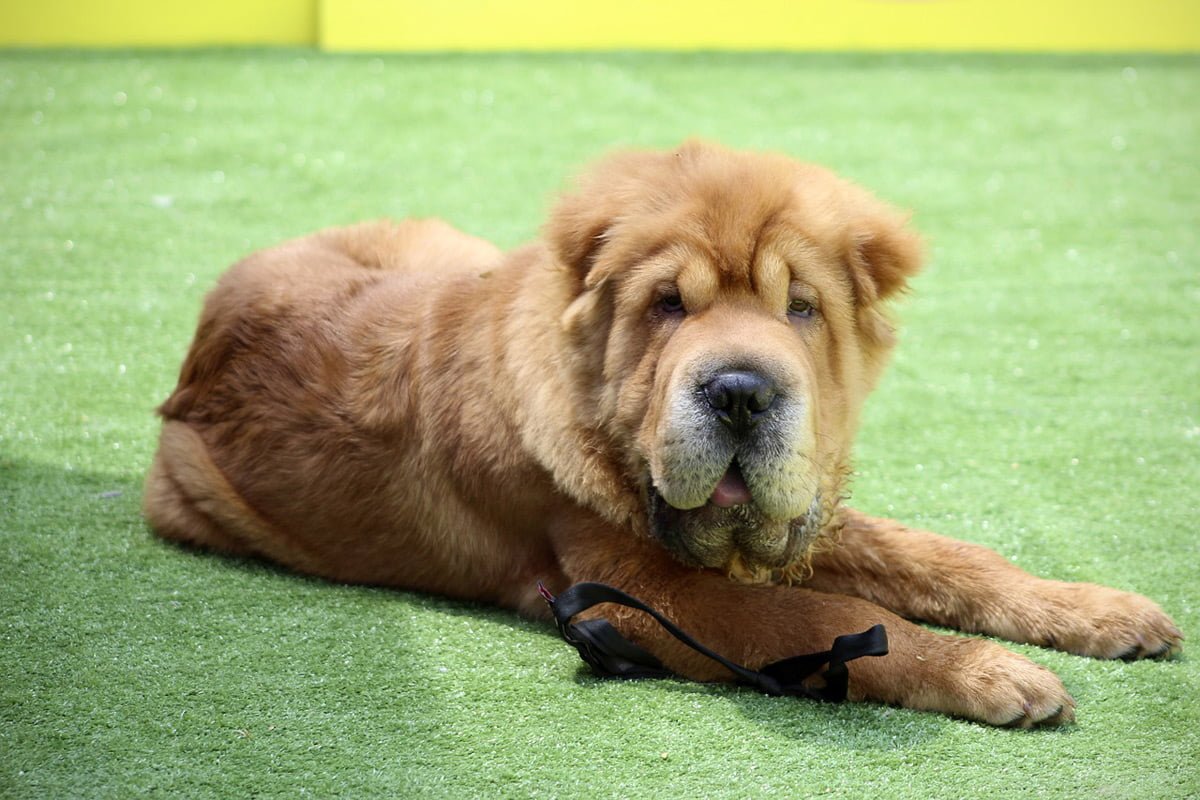
History of the Shar Pei
The Shar Pei is an ancient Chinese breed of dog, but little is known about the origin and development of the first Shar Peis owing to the lack of historical records. It’s believed that Shar Peis originated in the Chinese province of Guandong, and may have descended from the Chow Chow, as there are similarities to both breeds, including the blue-black tongue. Some statues from ancient China depict dogs that are thought by some historians to be Shar Peis, but contradicting theories hypothesise that they may represent Chow Chows or Pugs instead. It’s possible that the common ancestors of both Chow Chows and Shar Peis were guard dogs from the Han dynasty, which lasted from 202 BC to 220 AD.
What is clear is that the original Shar Pei dogs were not nearly as wrinkled as the modern variety, and these visibly smoother skinned types were known as bone-mouth Shar Peis. They were used by Chinese peasants as guard dogs, hunters, herders, and for fighting. Loose skin would have hindered the Shar Pei’s ability to fight and hunt effectively, and so a dramatically wrinkled variety would not have been practical during this period in the breed’s history.
Although once a popular breed, by the 1970s Shar Peis were heavily in decline, and were recorded by the Guiness Book of Records as the world’s rarest dog breed in 1978. Campaigns to save the breed resulted in crossbreeding the bone-mouth Shar Pei with other breeds, resulting in the more wrinkled meat-mouth Shar Pei that is now most commonly percieved as the standard form of the breed.
Perhaps due to the altered appearance of meat-mouth Shar Peis, they have risen again in popularity during the past 40 years, but the original bone-mouth has not fared as well, with experts believing that less than 100 bone-mouth Shar Pei dogs remain in existence.
Famous Shar Pei dogs
In 2015, a Shar Pei named Paddington gained over 40,000 Instagram followers and became known as the world’s most photogenic Shar Pei.
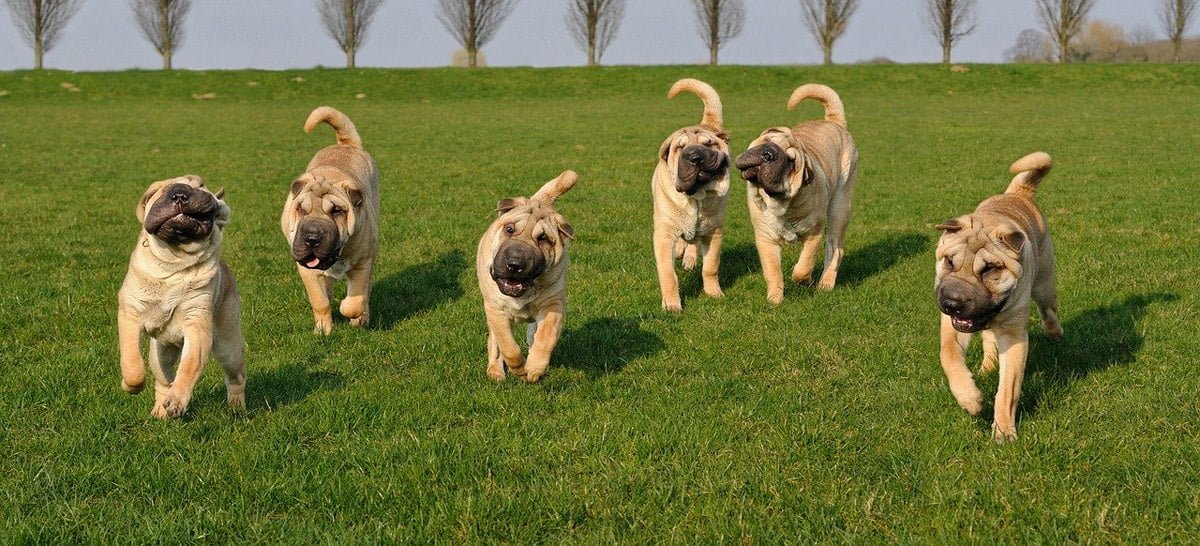
Shar Pei Stud Dog Listings
A dog owner since the early 80s, after convincing his parents to buy a Yorkshire terrier named Sadie, Darren created Dream Dogs so dog owners could find the best dog related information on the Internet.